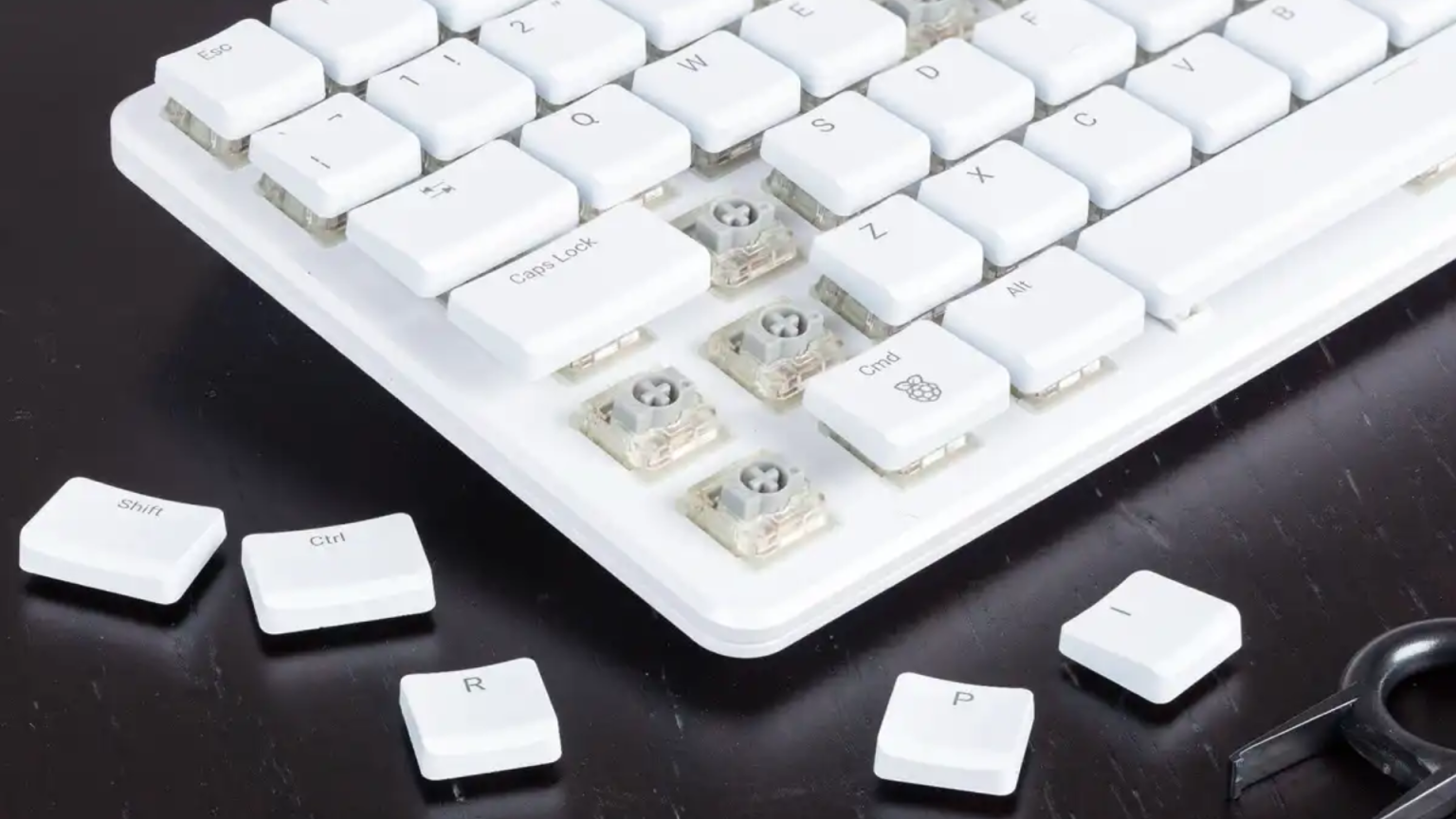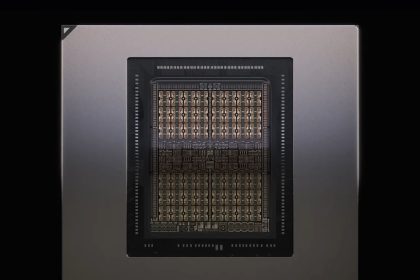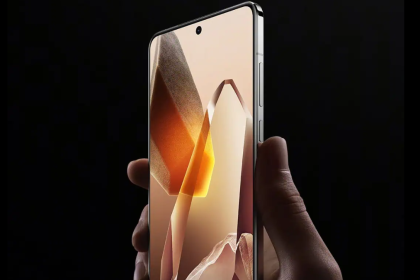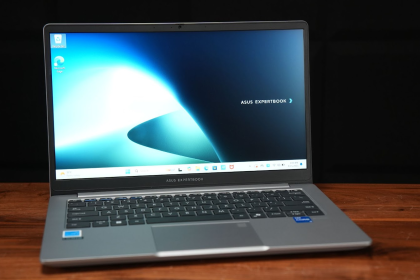Image: Raspberry Pi
The Raspberry Pi 500, like its predecessor the 400, is basically a Pi computer crammed into a budget keyboard in a retro throwback. And as cool as it is, I confess that as PCWorld’s resident keyboard nut, I found the membrane keyboard underwhelming. Well, now I have no excuse not to dive into the Raspberry Pi world because the upgraded 500+ model has a full mechanical design. Huzzah!
The newest version of the 75% design comes with low-profile Gateron clicky blue switches and removable keycaps, including a keycap puller in the box. For just a little extra gamer bling, there are RGB lights underneath them. And yes, the keyboard comes in a variety of layouts and languages, including US-standard ANSI for models sold in North America. It does not, unfortunately, include hot-swap sockets… but if you’re a Raspberry Pi fan, you’re not afraid of a soldering iron, are you?
Raspberry Pi
The keyboard isn’t the only thing that gets an upgrade. The Raspberry Pi 5 guts inside come pre-loaded with 16GB of RAM (the maximum available thus far) and a 256GB NVMe SSD, which looks like it can be replaced with any standard M.2 drive. It’s a lot of power and capability for what’s usually considered basic hardware.
Raspberry Pi
Here comes the tricky part: the kit costs $200 USD. That’s $80 more than the basic, non-mechanical Pi 500 and four times the price of the base model Pi 5. But speaking as a keyboard nut, and taking the extra RAM and storage into account, I don’t think it’s unreasonable. Note that, like the other keyboard models, it doesn’t come with a battery, so you’ll still need external power in addition to a monitor and mouse.
It’s shipping now from all of Raspberry Pi’s retail partners, including CanaKit and PiShop.us.
Author: Michael Crider, Staff Writer, PCWorld
Michael is a 10-year veteran of technology journalism, covering everything from Apple to ZTE. On PCWorld he’s the resident keyboard nut, always using a new one for a review and building a new mechanical board or expanding his desktop “battlestation” in his off hours. Michael’s previous bylines include Android Police, Digital Trends, Wired, Lifehacker, and How-To Geek, and he’s covered events like CES and Mobile World Congress live. Michael lives in Pennsylvania where he’s always looking forward to his next kayaking trip.












